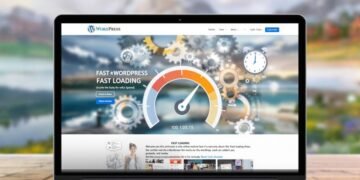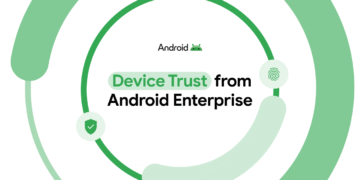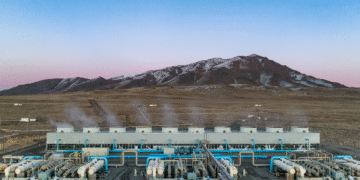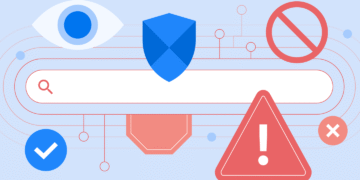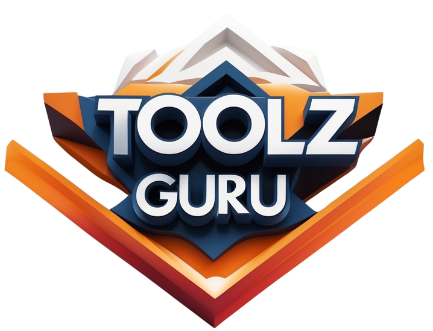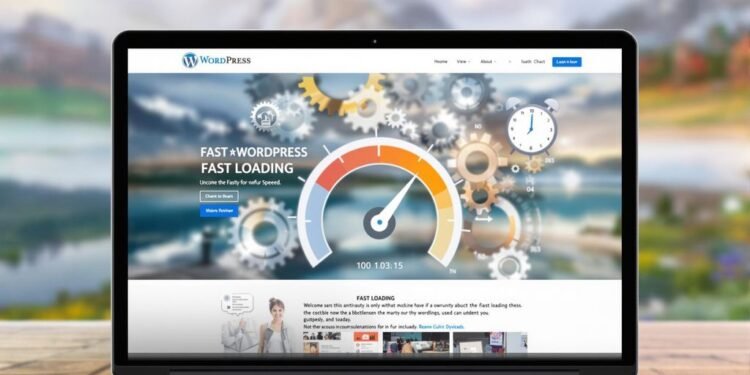WordPress is awesome, but let’s face it, a slow site can be a real buzzkill. Visitors hate waiting, and search engines aren’t fans either. If your WordPress site is dragging its feet, it’s time to step up. In this article, we’ll talk about how to improve WordPress speed with some quick and simple tips. No need to be a tech wizard—these ideas are straightforward and can make a big difference.
Key Takeaways
- A fast WordPress site improves user experience and keeps visitors engaged.
- Search engines like Google reward faster sites with better rankings.
- Choosing a good hosting provider can make or break your site speed.
- Optimizing images and using a caching plugin are easy wins for speed.
- Reducing unnecessary code and enabling GZIP compression can further boost performance.
Introduction to WordPress Speed Optimization

When it comes to running a WordPress site, speed isn’t just a nice-to-have—it’s a must. Whether you’re managing a blog, an online store, or a portfolio, a slow website can scare off visitors and hurt your search engine rankings. Optimizing WordPress performance is one of the most effective ways to keep users engaged and improve your site’s visibility.
Why Bother with Speed?
WordPress is packed with features, but all those plugins, themes, and media files can drag your site down. That’s where speed optimization steps in. By focusing on things like fast WordPress hosting solutions or streamlining your site’s code, you can drastically reduce website latency WordPress issues and enhance the overall experience.
Key Benefits of a Faster Site
- Better User Experience: Nobody likes waiting for a page to load. Faster sites keep visitors happy and engaged.
- Improved SEO: Search engines love quick-loading pages, giving you a better shot at ranking higher.
- Increased Conversions: Whether it’s sales or sign-ups, speed can make all the difference.
A slow site isn’t just frustrating—it’s a missed opportunity. Take the time to optimize website loading time and watch your site thrive.
In the sections ahead, we’ll dig into actionable tips to help you speed up your WordPress site and leave those loading wheels in the dust.
Why WordPress Speed Matters

Impact on User Experience
No one likes waiting around for a slow website to load. It’s frustrating, and most people won’t stick around long enough to see what you have to offer. Studies show that users expect a page to load within two seconds or less. Anything longer, and they’re likely to hit the back button. A fast site keeps visitors engaged, making them more likely to explore your content or products.
Here’s why speed is so important:
- Slow-loading pages increase bounce rates, meaning people leave your site before interacting with it.
- A faster site creates a smoother browsing experience, which encourages visitors to stay longer.
- It directly impacts customer satisfaction, which can influence whether they return in the future.
SEO Benefits of a Faster Website
Search engines, especially Google, take site speed seriously. A faster website is more likely to rank higher in search results, which means more visibility and traffic for you. Google’s algorithms favor quick-loading sites because they provide a better experience for users.
Let’s break it down:
| Factor | Impact on SEO |
|---|---|
| Page Load Time | Faster sites rank higher |
| Bounce Rate | Lower bounce rates boost SEO |
| Mobile Performance | Speed matters even more here |
If your site is slow, you’re not just losing visitors—you’re also losing potential rankings and revenue.
By focusing on speed, you’re not only improving user experience but also giving your site the best chance to compete in search engine rankings. It’s a win-win for everyone.
Quick Tips to Boost WordPress Speed

How to optimize your WordPress Speed
Quick Tips to Boost WordPress Speed
Your hosting provider plays a huge role in your website’s performance. Opt for a hosting service that prioritizes speed and reliability.
Shared hosting might be cost-effective, but upgrading to managed hosting or VPS can significantly increase WordPress performance. Look for features like SSD storage, built-in caching, and excellent customer support.
Optimize Images for Web
Images are often the biggest culprits when it comes to slowing down your site. Use tools to compress image sizes without sacrificing quality. Formats like WebP are great for reducing file size. Also, consider lazy loading to improve site speed for WordPress by only loading images when they’re about to appear on the screen.
Minimize CSS, JavaScript, and HTML
Images are often the biggest culprits when it comes to slowing down your site. Use tools to compress image sizes without sacrificing quality. Formats like WebP are great for reducing file size. Also, consider lazy loading to improve site speed for WordPress by only loading images when they’re about to appear on the screen.
Use a Caching Plugin
A caching plugin can work wonders for your site. By storing static versions of your pages, it reduces server load and speeds up loading times. Installing a caching plugin is one of the most effective WordPress speed optimization tips out there. Plugins like WP Rocket or W3 Total Cache are popular choices.
Minimize CSS, JavaScript, and HTML
Messy code can slow things down. Minify your CSS, JavaScript, and HTML files to remove unnecessary spaces, comments, and characters. This step can help improve website performance by making your site leaner and faster.
Reduce Server Response Time
Server response time is the amount of time it takes for your server to respond to a user’s request. A slow server can hurt your site’s performance. Use tools to measure your response time and make adjustments, such as optimizing your database or choosing a better hosting plan.
Pro Tip: A fast website isn’t just about user experience. It can also boost your SEO rankings and help you retain more visitors. Small tweaks can lead to big improvements in your site’s overall speed.
Solution and Next Steps
So, you’ve made some changes to speed up your WordPress site, but what’s next? Let’s wrap this up with a clear plan to keep your site running fast and smooth.
Keep Monitoring Your Site
To ensure your optimizations stick, regularly check your website’s performance. Use tools like GTmetrix or PageSpeed Insights to track speed metrics. Consistency is key—a fast site today doesn’t guarantee it’ll stay that way.
Schedule Regular Updates
WordPress, plugins, and themes frequently release updates to improve performance and security. Set a routine to update these components. Outdated software can bog down speed and even pose risks.
Backups Are Your Safety Net
Before making any major changes, always back up your site. This way, if something goes wrong, you can quickly restore it without losing data. Automated backups can save you a lot of headaches.
Build a Maintenance Checklist
Here’s a quick checklist to maintain your site’s speed:
- Audit plugins: Remove unused or outdated ones.
- Optimize your database: Use tools like WP-Optimize to clean up clutter.
- Test loading speeds: Do this monthly to catch any slowdowns early.
A little maintenance goes a long way in keeping your WordPress site fast and reliable. Think of it like tuning up your car—regular care can save you from bigger problems down the road.
With these steps, you’re not just fixing issues as they pop up—you’re building a robust, future-proof WordPress site. Keep it up!
Wrapping It Up
Speeding up your WordPress site doesn’t have to be overwhelming. Start small—maybe optimize your images or try a caching plugin—and build from there. Each tweak you make can lead to faster load times, happier visitors, and better search rankings. Remember, it’s all about creating a smoother experience for your audience. So, take it one step at a time, and don’t stress if it’s not perfect right away. You’ve got this!
Frequently Asked Questions
Why is website speed important for WordPress sites?
Website speed is crucial because it impacts user experience, search engine rankings, and overall site performance. Slow-loading sites can frustrate visitors and lead to higher bounce rates.
How can I choose the best hosting provider for WordPress?
Look for hosting providers that offer optimized WordPress hosting, good customer support, and fast server response times. Managed WordPress hosting is often a great choice for better performance.
What is a caching plugin, and how does it help?
A caching plugin stores a static version of your site, reducing the time it takes to load pages for visitors. This can significantly improve website speed.
How can I optimize images for my WordPress site?
You can use tools or plugins to compress images without losing quality. Also, consider using modern formats like WebP and enabling lazy loading for faster page load times.
What does minimizing CSS, JavaScript, and HTML mean?
Minimizing these files means removing unnecessary spaces, comments, and code. This makes the files smaller, allowing them to load faster and improve site performance.
How can I enable GZIP compression on my WordPress site?
GZIP compression can be enabled through your hosting provider, a plugin, or by adding specific code to your .htaccess file. It compresses website files, making them quicker to load for visitors.
